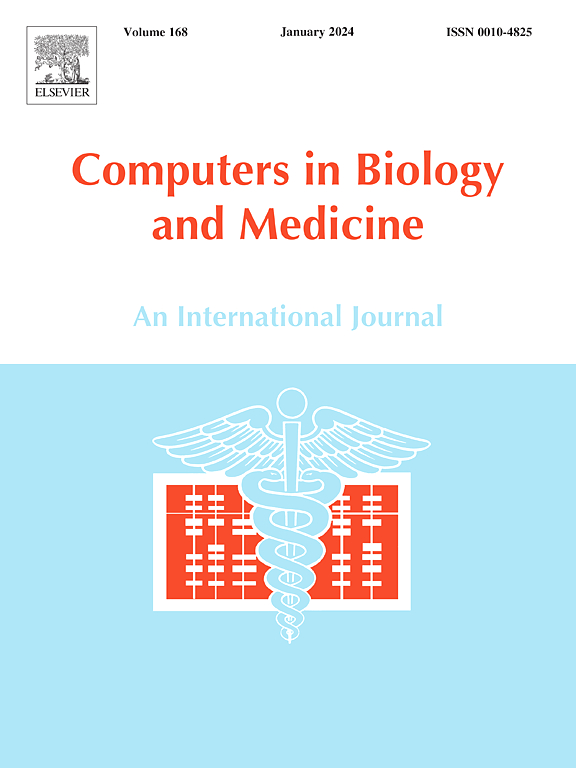A novel case-based reasoning system for explainable lung cancer diagnosis
IF 6.3
2区 医学
Q1 BIOLOGY
引用次数: 0
Abstract
Lung cancer is a leading cause of cancer death worldwide. The survival rate is generally higher when this disease is detected in its early stages. Advances in artificial intelligence (AI) have enabled the development of decision support systems that help physicians diagnose diseases. However, these systems often provide final predictions without clarifying how those decisions are reached, raising concerns about trust and adaptation in life-threatening diseases. To address these issues, this study proposes an explainable case-based reasoning (XCBR) approach that considers both physicians’ tendency to base their decisions on past cases and the case complexity in its predictions and explanations. The proposed XCBR is enhanced with naïve Bayes (NB) and multilayer perceptron (MLP) classifiers which are processed hierarchically: when the NB deems its predictions to be unlikely, the MLP classifier is employed to verify or update the predictions. This approach incorporates Shapley additive explanations values to elucidate the solutions offered by the MLP. Furthermore, it utilizes the Harris hawks optimization algorithm for feature selection and feature weighting. The proposed XCBR achieved high accuracies of 94.47 % and 100 % on two different datasets, demonstrating its generalization capability. Based on Wilcoxon signed-rank test, its classification accuracy is comparable to that of other state-of-the-art approaches and commonly used classifiers. Moreover, since this approach prioritizes case complexity in its predictions and explanations, it offers better explainability and is particularly suited for serious diseases.
一种新的基于案例的可解释肺癌诊断推理系统。
肺癌是全球癌症死亡的主要原因。如果在早期发现这种疾病,生存率通常会更高。人工智能(AI)的进步使帮助医生诊断疾病的决策支持系统得以发展。然而,这些系统往往提供最终预测,却没有阐明这些决定是如何达成的,这引起了人们对信任和对危及生命的疾病的适应的担忧。为了解决这些问题,本研究提出了一种可解释的基于病例的推理(XCBR)方法,该方法既考虑了医生基于过去病例的决策倾向,也考虑了其预测和解释中的病例复杂性。提出的XCBR使用naïve贝叶斯(NB)和多层感知器(MLP)分类器进行增强,分层处理:当NB认为其预测不太可能时,使用MLP分类器来验证或更新预测。该方法采用Shapley加性解释值来阐明MLP提供的解决方案。利用Harris hawks优化算法进行特征选择和特征加权。在两个不同的数据集上,所提出的XCBR的准确率分别达到了94.47%和100%,证明了其泛化能力。基于Wilcoxon符号秩检验,其分类精度可与其他最先进的方法和常用分类器相媲美。此外,由于这种方法在预测和解释时优先考虑了病例的复杂性,因此它提供了更好的可解释性,特别适用于严重疾病。
本文章由计算机程序翻译,如有差异,请以英文原文为准。
求助全文
约1分钟内获得全文
求助全文
来源期刊

Computers in biology and medicine
工程技术-工程:生物医学
CiteScore
11.70
自引率
10.40%
发文量
1086
审稿时长
74 days
期刊介绍:
Computers in Biology and Medicine is an international forum for sharing groundbreaking advancements in the use of computers in bioscience and medicine. This journal serves as a medium for communicating essential research, instruction, ideas, and information regarding the rapidly evolving field of computer applications in these domains. By encouraging the exchange of knowledge, we aim to facilitate progress and innovation in the utilization of computers in biology and medicine.
 求助内容:
求助内容: 应助结果提醒方式:
应助结果提醒方式:


